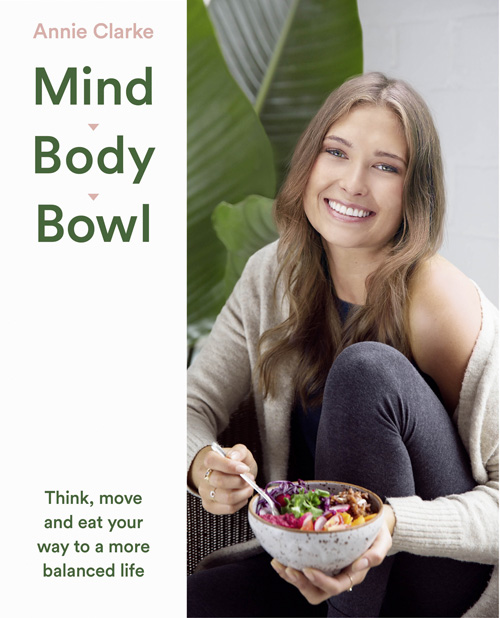The power of gratitude
Annie Clarke, creator of the popular Mind Body Bowl blog, shares the lessons learned from her journey from poor health to strength and happiness

We all know we should say thank you, but what if the ‘magic word’ is more than just a polite statement and is, in fact, really magic?
Whilst gratitude is not a new concept, it’s recently received lots of recognition as a mindfulness practice and a great way to improve our attitudes and overall wellbeing. So how does it work? Studies by psychologists Robert Emmos and Michael McCollough split participants into groups and told them to keep diaries of the day’s events. One group were given no indication of the type of events to report, one group were asked to focus on negative events, and the final group were encouraged to list what they were grateful for on a daily basis.
The results revealed that the latter group of participants, who practiced daily gratitude over a period of time, showed increased ‘happiness’, based on factors such as higher reported energy, optimism, and determination, meanwhile they reported lower levels of negative emotions such as stress and depression.
Not only did the practice enhance how participants in the gratitude group felt on a daily basis, but the researchers also found that the positive-thinking group made more progress towards personal goals too.
So if developing a gratitude practice can lead to enhanced wellbeing, how do we get started? A simple tool to get going is to keep a gratitude journal. Every night as you get into bed, set a few moments aside to list three things that you are grateful for that day.
You may find that on some days this comes pretty easily and you can think of lots of things to write down, whilst other days (especially at first), it can feel like a real challenge and you might have to think a little harder to find something. However it’s the ‘thinking harder’ that’s where the magic starts to happen!
This is our opportunity to begin to reprogram the way in which we think about things that have happened that day. For example, you might have had a hard time dealing with your boss at work that day, but at least you have a space to come home to where you can wind down and unplug. You might have received some bad news, but it was passed on by a good friend and you’re blessed to have them in your life. Or you may have had a terrible morning, but you just treated yourself to your favourite lunch and enjoyed every last bite!
Can you see how the pattern begins to creep in? It is the idea that of course not every day is perfect, but in every situation we have the opportunity to reposition our thoughts to find something more positive to be grateful for.
So what happens next? With a little practice, spending a moment at the end of every day to consider what you’re grateful for should quickly encourage a more positive thought pattern. Over time, you’ll hopefully notice it rubbing off on other areas of your life, beyond those diary-writing moments.
Starting with a gratitude journal, it’s possible to train ourselves to develop a more positive attitude by reframing the way we think about the situations we experience. And if nothing else, it’s a lovely way to reflect on the end of each day.

Mind Body Bowl: Think, move and eat your way to a more balanced life by Annie Clarke (HarperThorsons, £16.99) is out now.









